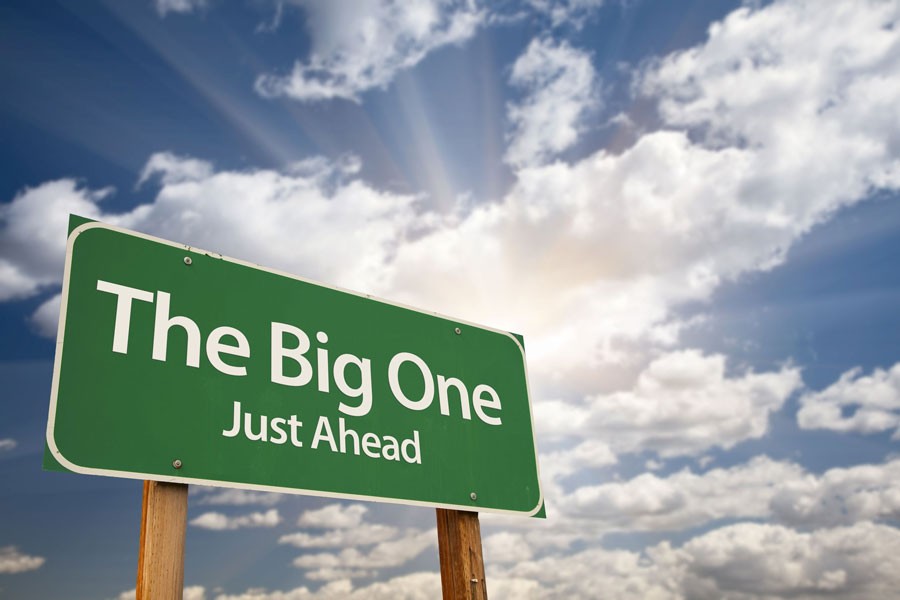How Much Time Do We Really Have?
March 10, 2016
December 21, 2012. May 21, 2011. March 25, 1988. 1910. These are just some of the many doomsday prediction dates. These predictions range from the end of the Mayan Long Count Calendar to a hen laying eggs inscribed with the words “Christ is coming.”
While all of these predictions proved ultimately to be false, there is one possible doomsday that is sure to come. The real question is, When?
Many people know the San Andreas Fault, thanks to Dwayne “The Rock” Johnson. San Andreas, which lies beneath California, caused the San Francisco earthquake in 1906 with a magnitude of 7.7-8.2 on the Richter scale. This fault line is rumored to unleash a major earthquake sometime in the future. But this is misleading. The San Andreas only has an upper limit of 8.2.
According to an article in The New Yorker, “The Really Big One,” there is another fault line just north of San Andreas that “runs for seven hundred miles off the coast of the Pacific Northwest, beginning near Cape Mendocino, California, continuing along Oregon and Washington, and terminating around Vancouver Island, Canada.”
It’s called the Cascadia subduction zone. The subduction zone lies at the bottom of the Pacific Ocean where the sea floor meets the North American tectonic plate. It is named after a chain of volcanic mountains, the Cascades, that follows its same path.
What most people do not know is that the Cascadia has already made history. It caused the largest earthquake in the continental United States on Jan. 26, 1700.
Cascadia is 30 times more energetic than San Andreas. Cascadia is capable of unleashing a 9.2 magnitude earthquake with a tsunami, while San Andreas can only unleash an earthquake with an 8.2 magnitude.
Cascadia used to be overlooked because it was never moving, much like that one fish in the fish tank where you can’t tell if it’s dead or alive. However, research done by scientists on the Ghost Forest began to prove that Cascadia had been active.
According to CNN.com, USGS geologist Brian Atwater states, “The field evidence for the tsunami here is the sheet that rests on the floor of the forest that these trees are rooted in.”
Atwater soon found that during the 1700 earthquake, the coast dropped five feet, and a huge tsunami overtook a spruce forest, slowly killing all the trees. Many trees were hollowed out, and the dead trunks still stand today.
The aftermath of Cascadia could be horrific. According to The New Yorker, “FEMA projects that nearly 13,000 people will die in the Cascadia earthquake and tsunami. Another 27,000 will be injured, and the agency expects that it will need to provide shelter for a million displaced people, and food and water for another 2.5 million.”
Unlike San Andreas, the Cascadia can’t be seen because it’s underwater. There is absolutely no way to predict when the Cascadia will unleash its wrath on the West Coast. So for now, all we can do is sit back and wait.
